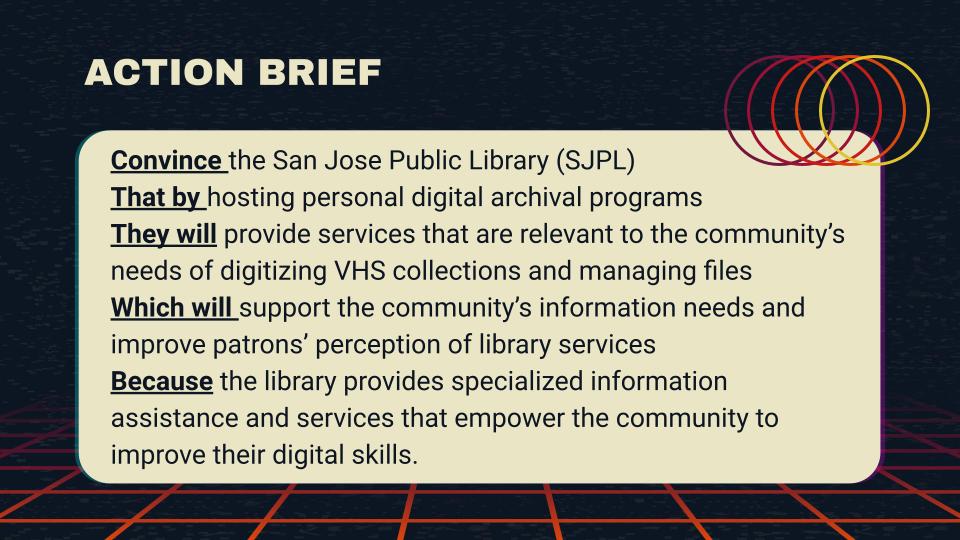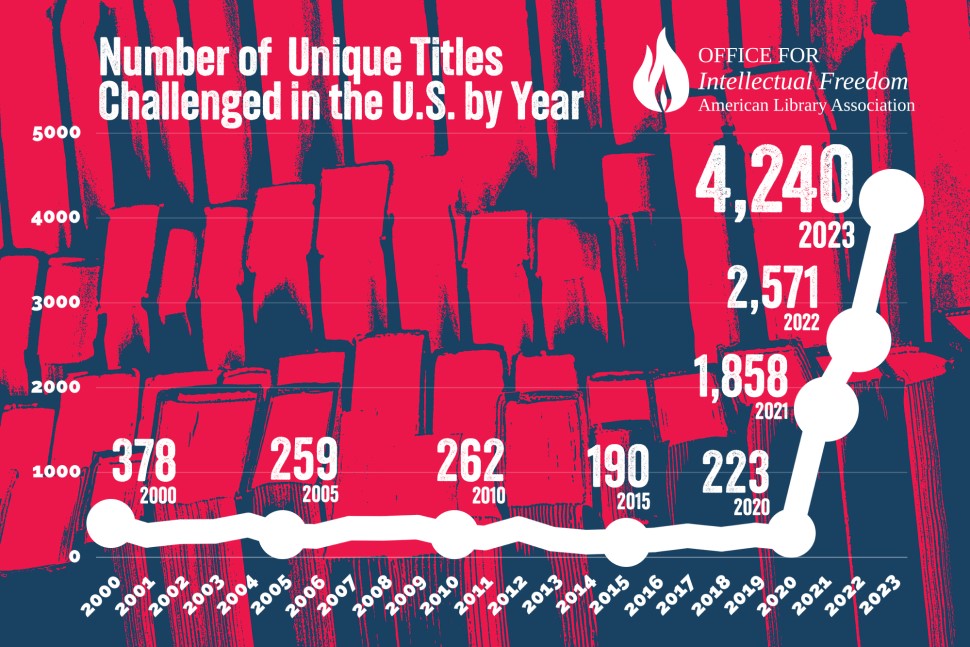This course has helped me understand that libraries are so much more than just places for books. Instead, libraries are places where people have the opportunity to interact with information in new ways and participate in new experiences. From maker spaces to seed libraries to robots, libraries are going beyond books to deliver innovative experiences and services to their communities (Hood, 2014).
New Models: Robotic Pets and Public Libraries
I read an article today by Rosie Newmark (2024) in the new issue of the American Libraries magazine that reminded me of the new models of service being explored by public libraries. The article discussed several libraries that have added robotic animals to their collections. One such library, the Ela Area Public Library (EAPL) in Illinois, has added three animatronic cats and one dog to their collection since 2022. EAPL uses the animals during outreach for older adults at assisted living and memory care facilities to provide health benefits and companionship. Other libraries, like the Buncombe County Public Library in North Carolina, use robotic animals during storytime, where children can practice reading aloud to “Puptart” the robotic dog.
That’s Just My (Robotic) Baby Doggie – EAPL on TikTok
@elapubliclibrary Check us out later for our next furry friend reveal! #dogsoftiktok #librarypets #robot #outreach #foryou
Benefits of Lifelike Robotic Cats and Dogs
Animatronic cats, dogs, and even birds can be purchased from the manufacturer Joy for All for around $150. The interactive animals breathe, purr, bark, meow, and wag their tails- providing all of the companionship and health benefits of real animals without the upkeep or allergen concerns. Robotic animals possess a wealth of benefits for people of all ages. A 2020 study supporting robotic animal therapy in the library found that using robotic animals reduced stress and increased happiness in patrons (Edwards et al., 2020). I first heard about animatronic animals being used for therapeutic or companionship purposes around 2016, likely when Hasbro launched Joy for All. It is wonderful that public libraries are beginning to facilitate access to robotic animals for their patrons who might not be able to afford to purchase their own furry companion.
References
Edwards, A., Edwards, C., Abendschein, B., Espinosa, J., Scherger, J., & Patricia, V. M. (2020). Using robot animal companions in the academic library to mitigate student stress. Library Hi Tech, 40(4), 878–893.
Hood, G. (2014, September 15). 5 ways Colorado libraries are going beyond books. https://www.kunc.org/arts-life/2014-09-15/5-ways-colorado-libraries-are-going-beyond-books
Newmark, R (2024, May). Librarian’s pet: Public libraries add robotic animals to their collections. American Libraries Magazine, 55(5), 10-11.







